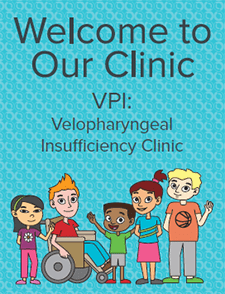The purpose of the genetics evaluation is to help determine the cause of the problem. This can assist the doctors in anticipating and treating medical and developmental issues that may be related to the diagnosis. The genetics evaluation can also help to determine the recurrence risk for the disorder so that the geneticist can counsel the family on the chance that the disorder will occur in other offspring.
The genetics evaluation includes an interview with the family to obtain information regarding the following:
- Maternal illnesses during pregnancy and medications taken
- The child's birth weight, length and head circumference
- Specific birth defects, such as heart, eye or genital anomalies
- Complications after birth, especially respiratory problems, seizures, or heart conditions
- Developmental history
- School performance
- Family history for certain traits or anomalies
- Treatment history
A standard physical examination of the child is done. In addition, there is an assessment of the following:
- Growth parameters (weight, height or length, and head circumference)
- The size and shape of the eyes, ears, mouth, nose, hands, fingers and numerous other structures
- The unique features that may not be familial, but are specific to the child
- The child's neurologic status, including muscle tone, level of function, and degree of social interaction.
Photographs are taken of the patient at each visit. It is also helpful if the parents bring in earlier photographs of the child, as well as photographs of other family members, to determine how certain traits are inherited.
After the history is reviewed and the examination is completed, additional tests may be ordered, such as a blood test (for analysis of chromosomes), X-rays, or an MRI scan of the brain. Referral to other physicians may also be necessary as part of a complete genetics assessment.




